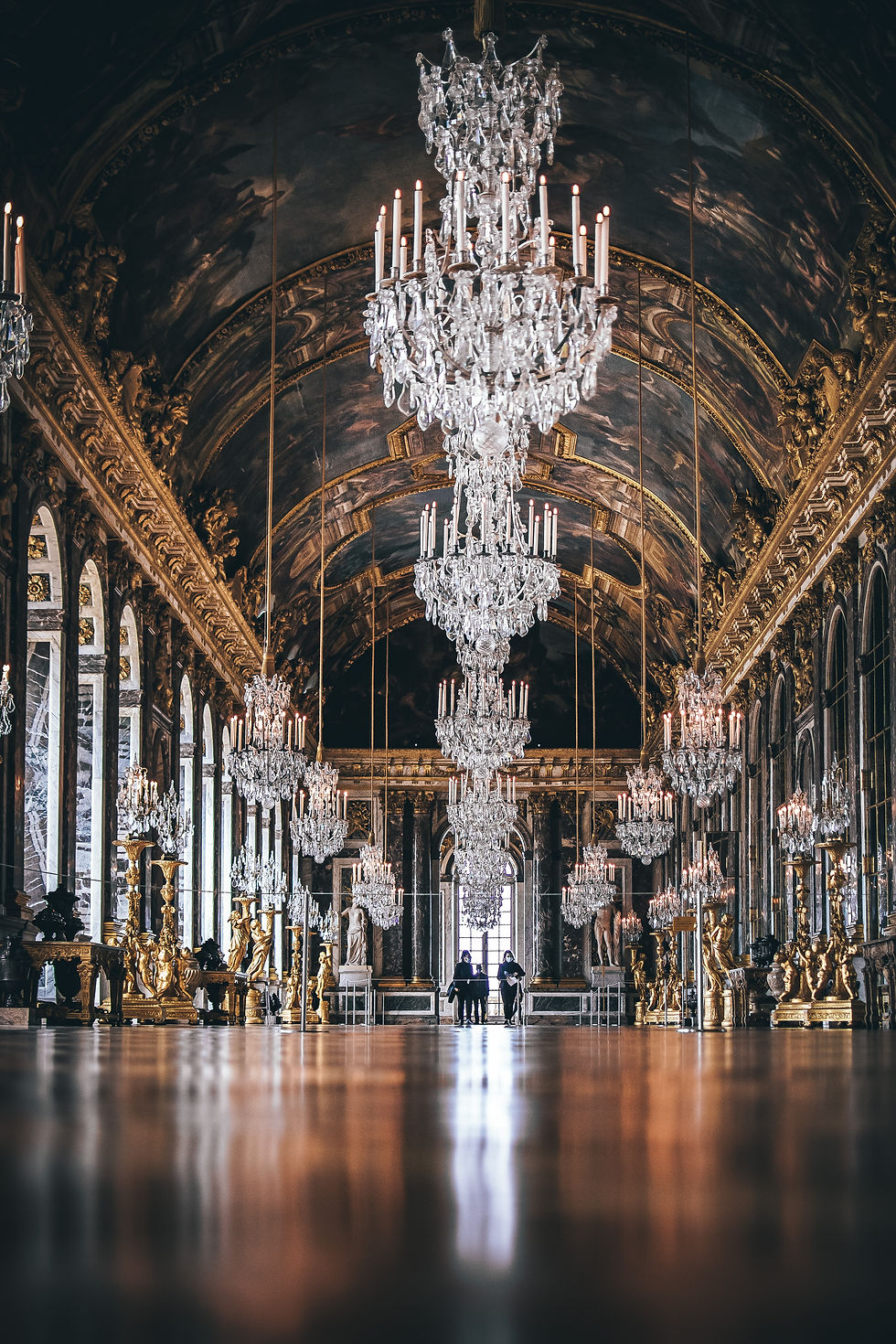19th Century Victorian Interior Design : An Upshot of Eclecticism and Maximalism
- tulisha3465
- Nov 7, 2023
- 4 min read

(Photo by Katherine Hanlon on Unsplash)
Victorian interior design was the most popular decor style of 19th-century Europe. Although Victorian decor has changed over several decades, the fundamentals of the design remain the same. Victorian design can be replicated by blending the modern with the outdated.
The most redeeming quality of Victorian style is that it features both eclectic and ornamental styles in a traditional and classic way. It is an ultimate exotic interior design style that requires a large budget and attention to every detail. Here, we will have an overview of its history and characteristic features.
What is Victorian Interior Design?
Its beautiful colors and ornate details distinguish Victorian interior design to make a home look aesthetically pleasing. Maximalism and eclecticism are the core of this decor. This style includes intricately detailed decorative items such as ornately crafted furniture, rich textiles, bright and exotic oil paintings, Persian-style rugs, and patterned wallpapers.
History :
This lavish design style received its name after Queen Victoria as it emerged during her reign from 1837 to 1901. This time frame is known as the 'Victorian Era'. Queen Victoria was known for her luxurious taste which changed the world of interior design and architecture.

(Photo by Dorian Mongel on Unsplash)
During her long reign, the Victorian design went through several transitions. These transitions were popular several years after her death, ultimately creating the foundations for Gothic, Art Noveau, Edwardian, Arts and Crafts, and Japonisme styles.
The Industrial Revolution also played a huge role in Victorian design. One can even say that Victorian interior design is a product of the Industrial Revolution. During the Victorian era, Britain was its most powerful, especially since the Industrial Revolution had just started spreading across Europe and the United States.
The effects of the revolution were reflected in the Victorian Era, changing the daily lives of the general public. The majority of the inspiration was taken from the cultures of the middle eastern and Asian countries, which were part of the British colonies at that time.

(Photo by arpa sarian on Unsplash)
With the increase in travel and trade, people started adapting various cultures for their own. It was around that time when simple designs started to be looked down upon, and more decorative designs became popular. The more decorative the interior was, the more it reflected someone's social class.
It started with decorating the basic elements such as walls and floors using wallpapers and carpets. Then came the large and expensive furniture with heavily carved woods and upholstered in rich velvets and damasks. This trend ultimately led to the extravagant Victorian interior design with lavish lighting fixtures and decorative items.

(Photo by Francisco De Legarreta C. on Unsplash)
Characteristic Features of Victorian Interior Design :
Victorian interior design and luxury go hand-in-hand. It perfectly reflects the trendiness and individualism of that era. It embraces the combination of interior elements of several classic and exotic styles such as Gothic, Rococo, Chinese, and Indian. Below are a few of the characteristic features of Victorian interior design.
1. Colors :
Victorian design lacks the use of bright and airy colors. It is characterized by rich and dark tones such as deep red, blue, green, purple, gold, and even black. Initially, the color palette mainly included pigments that were locally available. However, as industrialization spread, the ready-made paints became much more affordable with various color schemes. This resulted in the designers experimenting with unconventional color combinations, creating harmony with polychromatic color schemes.

(Photo by James Kemp on Unsplash)
2. Patterns and Textures :
Victorian design is full of detailed patterns with exotic tapestries and fabrics heavily influenced designs and color schemes. Less than three colors in a design was considered unstylish. The interior is usually filled with complex patterns of flora, fauna, geometric shape, stripes, damasks, and much more.

(Photo by Chloé Chavanon on Unsplash)
3. Furniture and Decorative Items :
There is a not a distinctive furniture style of Victorian design. The furniture designs were mainly inspired by several periods of history like Baroque, Gothic, Tudor, Elizabeth, English Rococo, Neoclassical, and so on. Among them, the Gothic and Rococo revival style were the most common styles in furniture.

(Photo by Jessica Kantak Bailey on Unsplash)
4. Wall and Flooring :
During the 1840s, wallpapers started being mass-produced in the Europe. Not only were they quick and easy to install, but also beautiful to look at. These wallpapers were applied from the skirting board to the dado rail, featuring flora, fauna, and many more patterns. The flooring were quite expensive as it was done with the use of high-quality wood. The floors were covered with large Persian-style rugs, almost covering the entire room. Most Victorian floors had a geometric design in the middle.


(Photo by ian kelsall on Unsplash)
5. Lighting and Decoration:
Victorian style includes highly decorative chandeliers, lamps, wall sconces, and other lighting fixtures, with soft and ambient lighting. The chandelier is usually made of crystal glass and uses, perfectly complimenting the high ceilings of that era. As for the accessories, Victorian design includes fireplace mantles covered with decorative objects, window drapes made from silk fabric, embroidered cushions, flower vases, plants, wall arts, and other decorative pieces from several parts of the world.

(Photo by Alexandre Brondino on Unsplash)
Although Victorian interior design has been associated with luxury, you can't carelessly spend money on whatever you find the most expensive. When applying this interior style for your home, carefully consider what items will have the largest impact in the room. Cover every minor detail as even the smallest piece can create a statement.







Comments